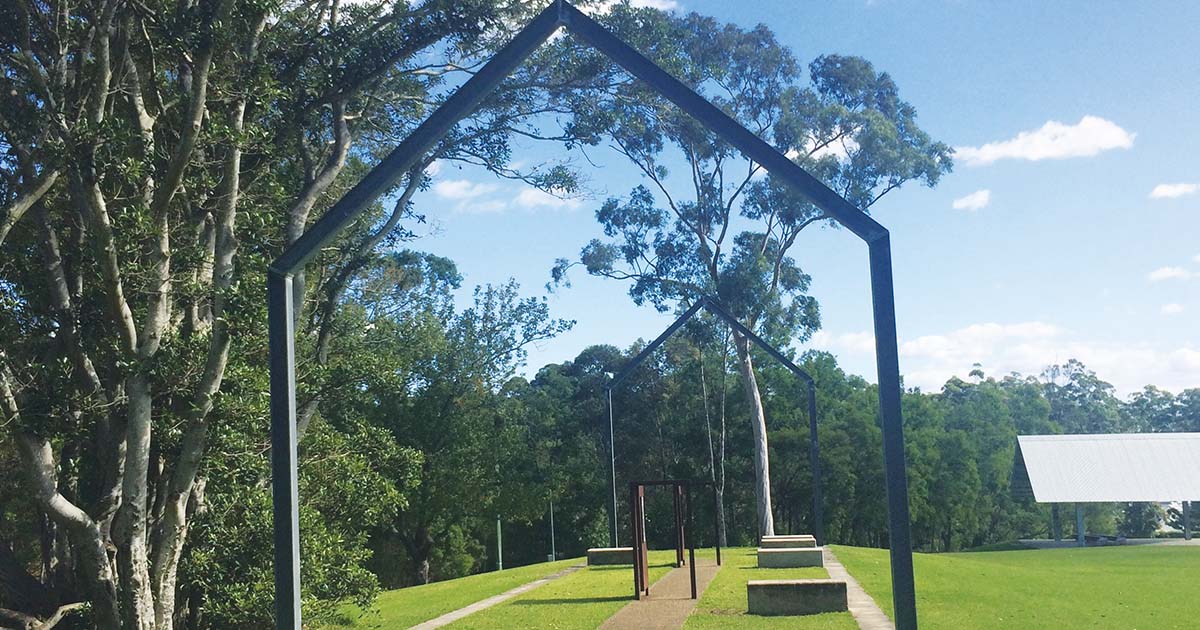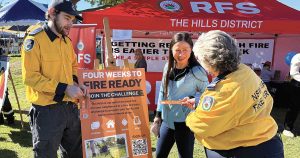The Castle Hill Heritage Park is a gem. Even more so now that it has steel beams giving the precise location and dimensions of the former two storey barracks for convicts.
The construction was directed by Governor King. He showed concern for convicts in other ways. One person freed by Governor King was Father James Dixon, convicted [seemingly in error] of Sedition.
He was appointed as Chaplain to the Colony’s Catholic community. On 15th of May 1803, he celebrated the first public Catholic Mass in the Colony in what is now the Heritage Park. The Mass was attended by Governor King and most of the Colony’s dignitaries.
The two leaders of the Castle Hill Rebellion of 1804, William Johnston and the stonemason Philip Cunningham, were United Irishmen who had taken part in the first Battle of Vinegar Hill in 1788, aimed at freeing Ireland from English rule.
Johnson and Cunningham still wished to fight for Irish independence; their defeat here was given the same name as the first one – Vinegar Hill. Johnston and Cunningham were taken prisoner at musket point under a flag of truce. Cunningham was then cut down by a sword wielded by Quartermaster Laycock.
In the Castle Hill Rebellion, Father Dixon was used by Major Johnson in order to delay the Rebels. After the Rebellion was quashed, he was dismissed from his post as Catholic Chaplain and then removed from the Colony. Major Johnson received a land grant. Ironically, he was to later depose a Governor.
For further information, visit the Local Studies Collection at the Castle Hill Library.





